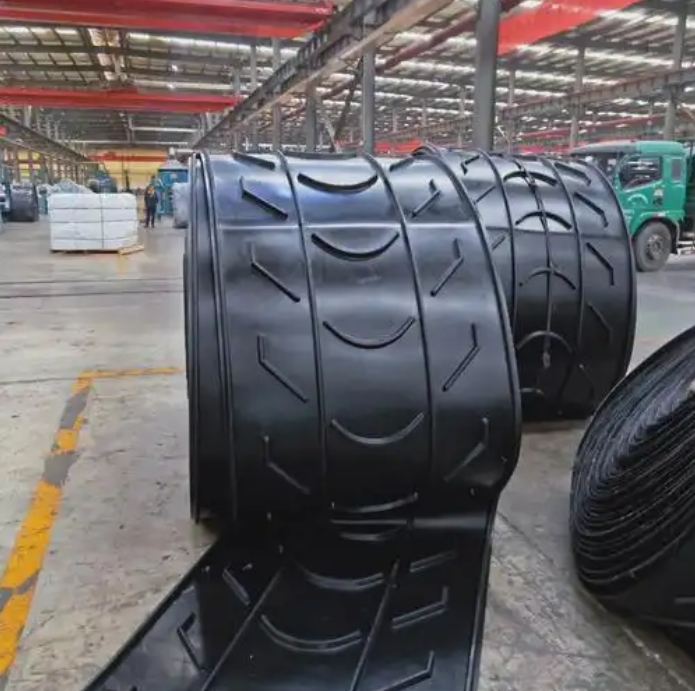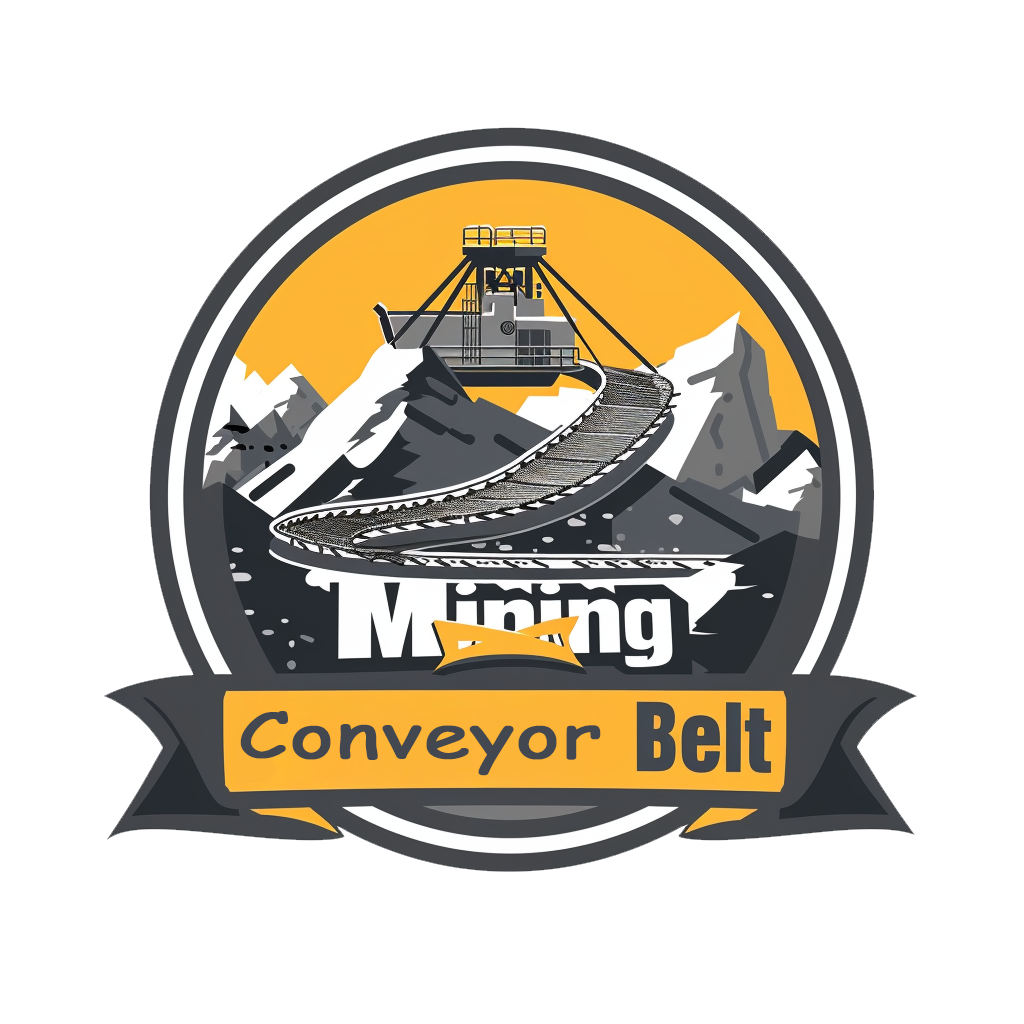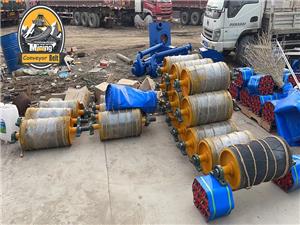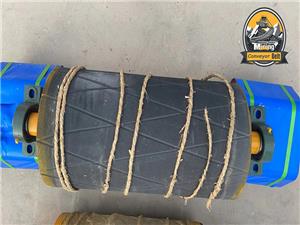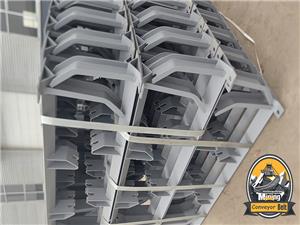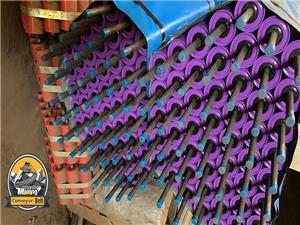What kind of patterned conveyor belts do you want to know?
Patterned conveyor belts are a very common type of conveyor belt in our daily life. The pattern on the surface of the conveyor belt is to prevent slipping. It is generally used to convey some materials that are easy to slide and anti-vibration products. There are many types of patterned conveyor belts, and the corresponding patterned conveyor belts can be selected according to different industries and different usage environments. So, what are our common patterned conveyor belts? What are their uses?
First, let me introduce the granular pattern: there are granular patterns on its surface that are higher than the belt body or embedded in the belt body, and the pits can also be made into square holes, prisms or cloth patterns. The convex granular pattern is suitable for conveying soft packaging or materials that require grip (such as cardboard boxes) or non-slip conveying; the pit-shaped granular pattern is suitable for granular conveying with an inclination angle of ≤45 degrees.
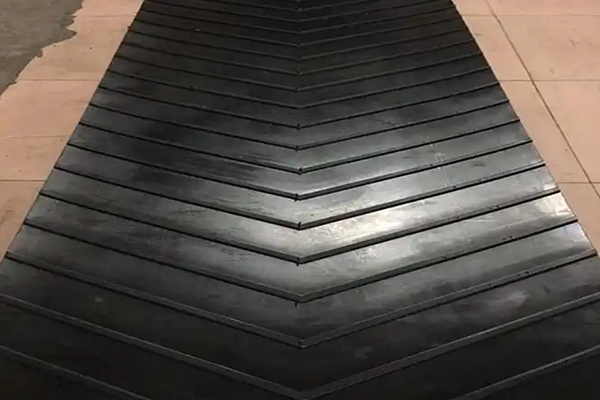
The herringbone pattern is also relatively common. There is a "herringbone" pattern on its surface that is higher than the belt body. The pattern can be open or closed. It is generally suitable for conveying powder, granular, small pieces of materials with an inclination angle of ≤40 degrees, and can also convey bagged materials.
There are also striped patterns: there are striped patterns on the surface that are higher than the belt body. It is suitable for horizontal conveying of packaging materials with an inclination angle of ≤30 degrees. If it is in a grooved state, the belt body can have a herringbone pattern.
The above are some common patterned conveyor belts in life. Of course, in addition to these, there are also fishbone patterns, diamond patterns, inverted triangle patterns, dot patterns, straight patterns, wave patterns, washboard patterns, etc., which are also commonly seen in life.
